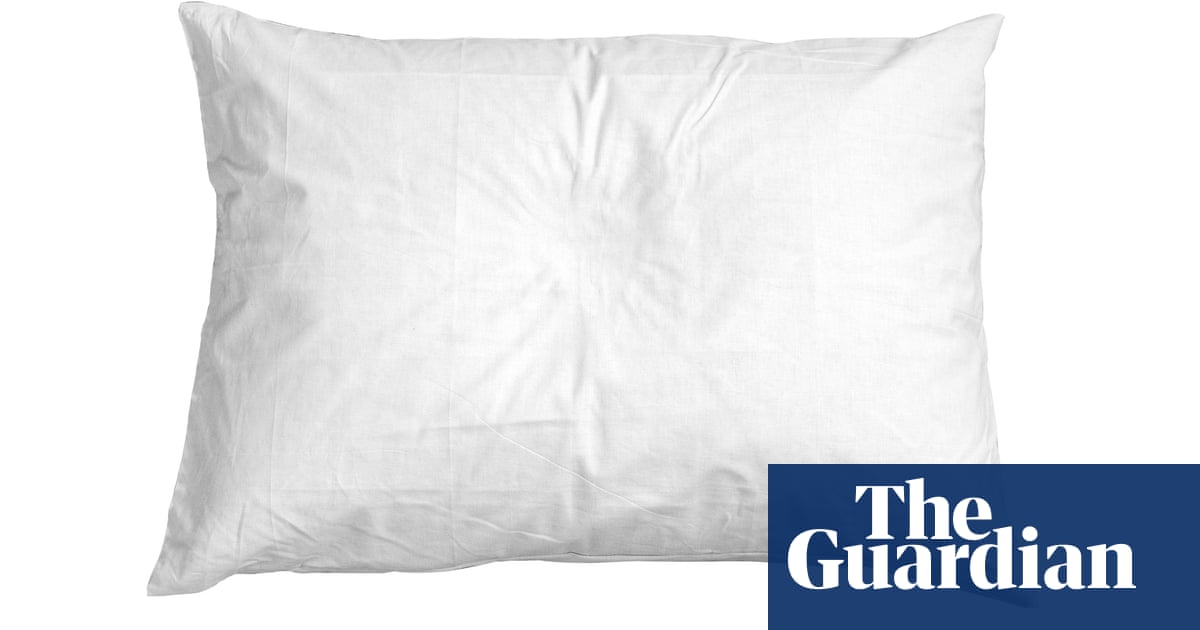
Despite the fact most of us have to do laundry at least once a week, the correct way to wash clothes sometimes feels shrouded in mystery. From the cryptic symbols on care labels to the long list of ingredients in detergents, doing laundry can be quite perplexing. This week, experts share their intel on how we should be washing our clothes.
What those symbols mean
To start with, let’s decode the pictures on garment care labels. Anything that looks like a bucket filled with water is explaining how to wash something; a square is telling you how to dry something; an iron is well … about ironing.
Certain things are uniform across all these symbols: a cross means do not wash, dry or iron. Dots inside the symbol refer to heat: one dot is cool, two is warm, three is hot. For washing and drying, two lines beneath the symbol means use a delicate cycle.
Often the buckets have a numerical temperature instead of dots, which is pretty self-explanatory. As are some of the other symbols; for instance, a bucket with a hand means handwash. The meaning of others is more opaque: a circle refers to dry-cleaning while the letters inside instruct dry-cleaners on which chemicals to use; two lines with a cross beneath an iron means no steam and finally, triangles refer to bleach and chlorine.
Machine-drying is symbolised by a circle inside the square. For drying naturally, the squares have lines to illustrate how a garment should be positioned. Hang dry (a semicircle from the top), drip dry (three vertical lines), dry flat (horizontal lines) and dry in shade (three lines in the corner). A symbol that looks like a propellor means do not wring.
Sorting your clothes
Laundry guru and author Shannon Lush says she separates her laundry into five baskets: whites, colourfast, reds, darks and handwashing. Sorting like this is important to prevent any dyes from bleeding into one another during washing and helps determine what cycle and water temperature to use.
Choosing a detergent
According to Lush, “it doesn’t matter which washing powder or liquid detergent you use” because the difference between them is relatively superficial and often comes down to scent. She says you may as well buy “the cheapest detergent”.
Choose powder or liquid detergent depending on whether your machine is a top- or front-loader. The consumer advocacy group Choice says powder detergent is better for top-loaders, while liquids perform better in front-loaders. If you’re interested, they have also tested and ranked the best laundry detergents on the market.
Do eco-detergents work?
The bad news is eco-detergents are not as effective as regular detergents. In fact, sometimes they’re only marginally better than washing with plain water. Lush says this is because eco-detergents “don’t break the surface tension on the water as well, which means the water can’t get in to get stains and muck out”.
If you are concerned about the environment, Choice says liquid detergents are generally more eco-friendly. As for the packaging, there are an ever-increasing number of refillable liquid detergents available, both from some Coles and Woolworths branches, and online from Zero Co, Dirt, Unpackaged, Cove and more.
How much detergent should you use?
Another way to save the environment (and money) is to use less detergent in each wash. Through testing, Choice revealed most laundry detergents perform just as well at half the recommended dose.
Because of a societal obsession with cleanliness, and misunderstanding how soap works, Lush says almost everyone uses too much detergent. “Being sparing with soap is actually better because it cleans better,” she says – and it won’t leave powder or detergent residue behind on your clothes and towels.
Lush also has her own formula to improve your wash. If you have a top-loader, she recommends using a quarter of whatever the directions on the laundry detergent say, and if you have a front-loader use one eighth. Then add two tablespoons of bicarb soda to your washing powder or liquid and in the slot for fabric softener, put two tablespoons of white vinegar. “That formula means your clothes come out cleaner, they stay cleaner longer and they dry one third faster,” she says. Another hot tip is to skip the fabric softener because “it will damage your clothes, it is basically oil”.
Water temperature
Generally speaking, using warm water in your washing will clean your clothes better, but it does require more energy. Lush says as a rule of thumb, water temperature at blood heat (about 37C) “is best because most fats and proteins will emulsify” at this temperature and, when combined with a washing machine’s agitation, stains will come out easily. “If you use cold water, some things come out well and some things won’t,” she says.
Other things to note: be careful not to wash bloodstains in hot water because the stain will set and become very hard to get out. Use the same water temperature for washing and rinsing to prevent garments from shrinking.
Hand-washing
When washing things by hand, Lush says she uses the sink and cheap shampoo instead of laundry detergent. She dilutes “a very small amount of shampoo, just a teaspoon, in a sink of blood-heat water”. Submerge delicate garments, like silk, “rub it out and rinse in the same temperature water”. If you’re using this technique to wash woollen knits, be sure there isn’t any eucalyptus oil in the shampoo, as it will damage the fibres.
Drying clothes
Line-drying your clothes is always better than using a tumble dryer because the heat and tumbling will age your clothes. If you are going to use a tumble dryer, Lush says, “put a dry tea towel in with whatever you’re drying”. This will speed up the drying process because it spreads the water over a larger surface area. She also says it is important not to over- or underfill the dryer: underfilling places stress on your clothes and overfilling means your clothes will take longer to dry.
Keeping your machines clean
To keep your washing machine and dryer functioning nicely, be sure to empty the filters on both after every wash. Clogged-up filters impede the machine’s ability to function and run the risk of damaging your clothes or even starting a fire.
Finally, Lush says, “you should have your washing machine and dryer serviced every 15 months” and your washing machine pipes changed every two years.












